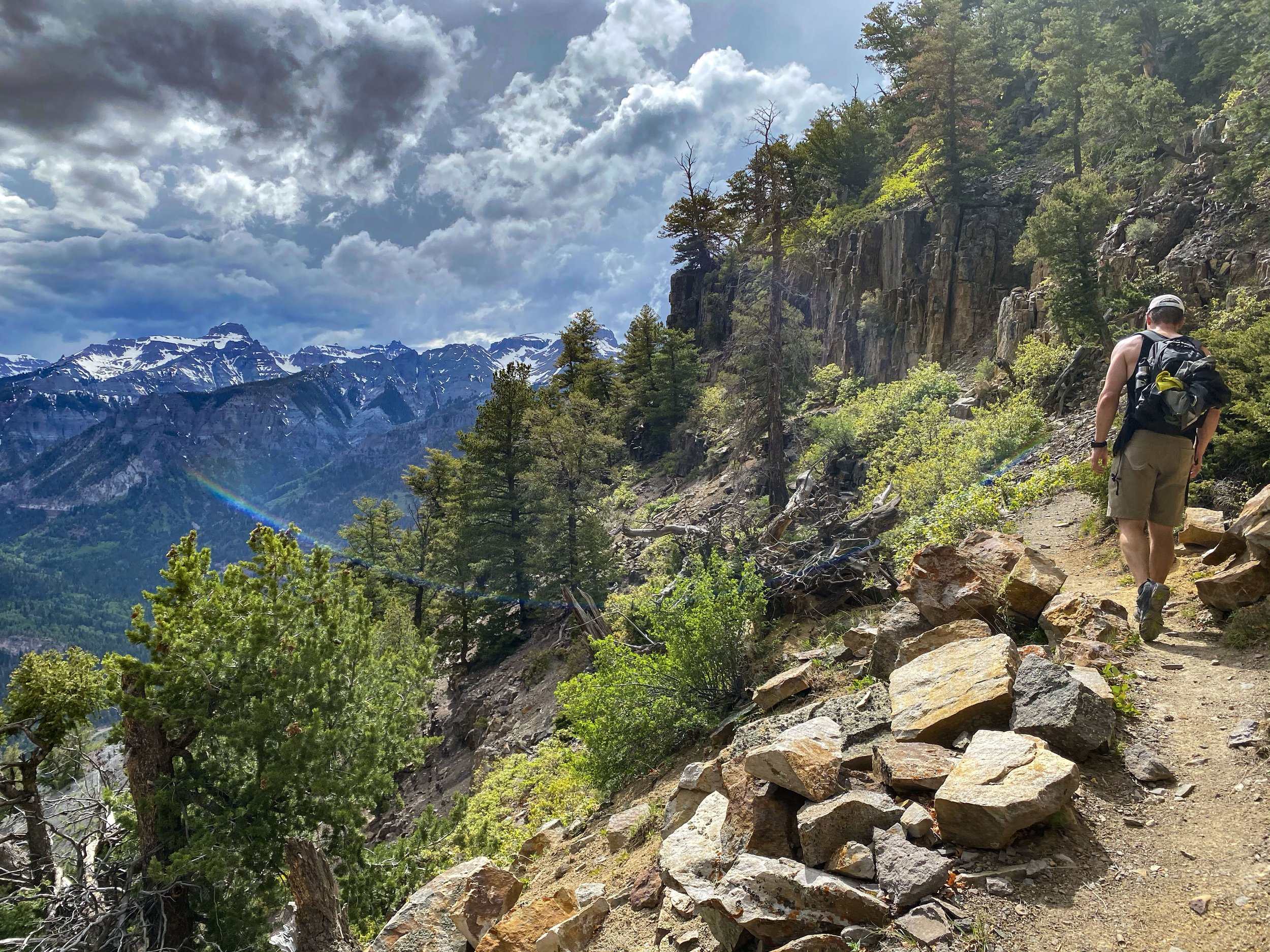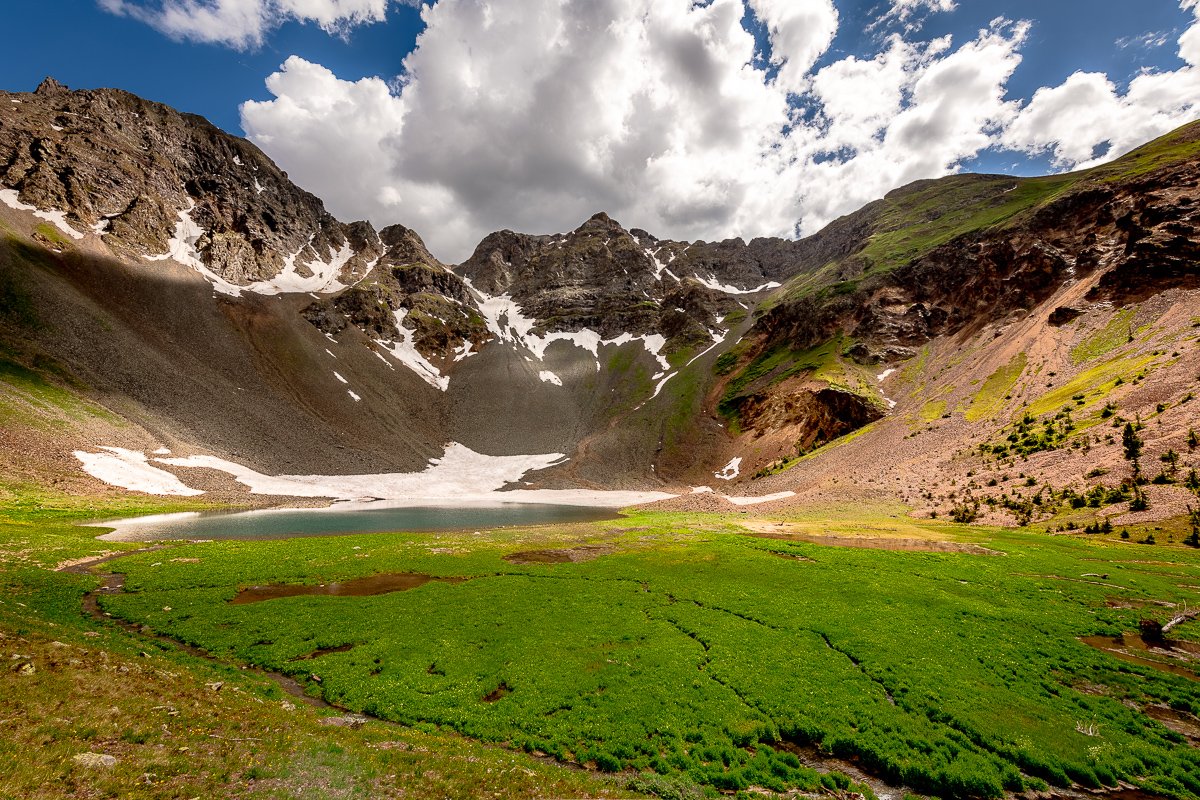
Know before you go
~The Ouray Way
While you are visiting Ouray, Colorado please make sure you are fully prepared for your adventure. Being in a high-altitude we have a lot of differences from many other destinations when it comes to user-readiness. Please see below for tips to be prepared and “The Ouray Way” for responsible recreation.
-
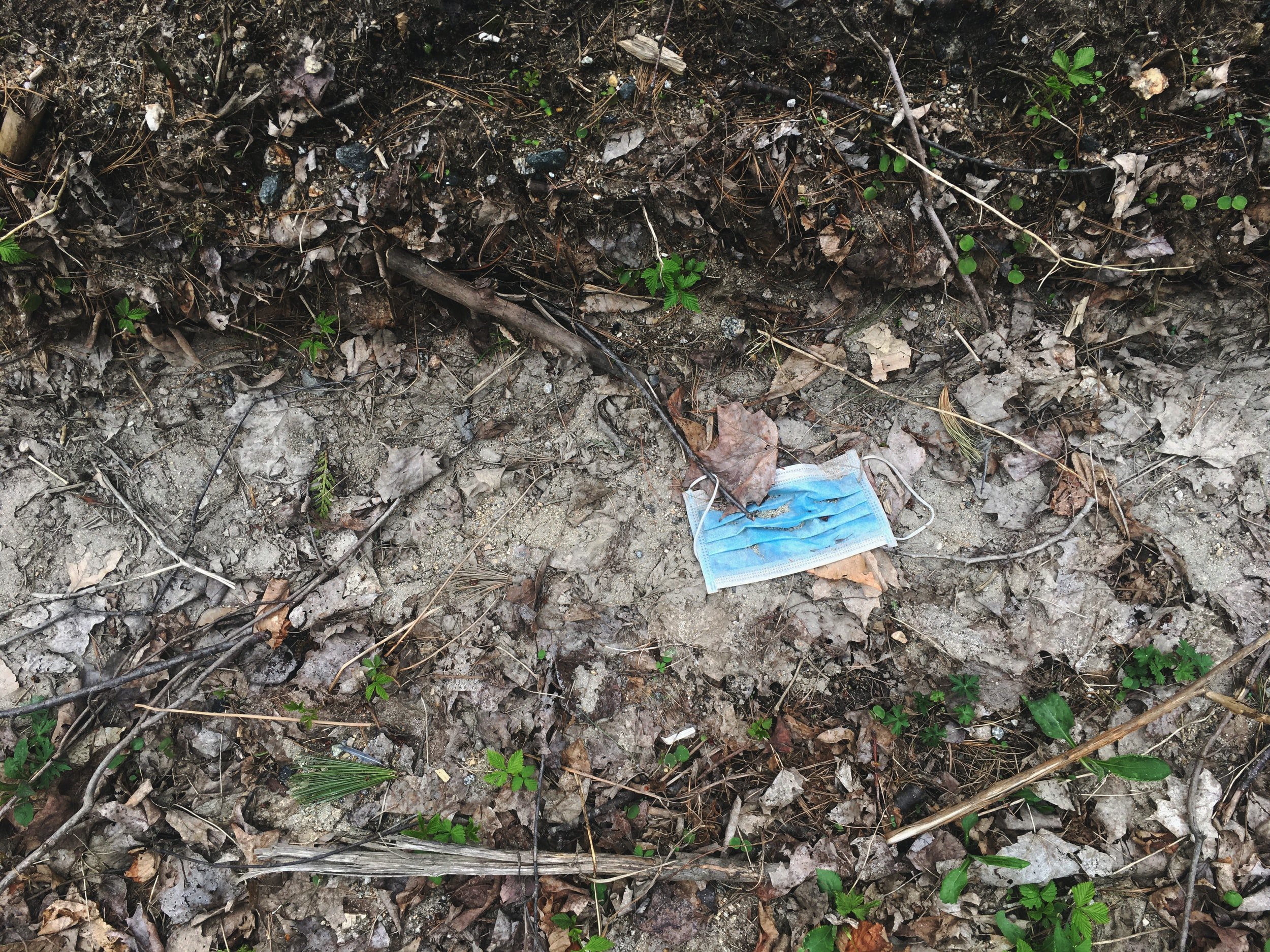
Pack out what you pack in
Pack it in, pack it out. Or pick it up to leave a place better than you found it. Put litter, even crumbs, peels and cores in your nearest waste/recycling bin.Remember to bring a bag specifically for trash
The Ouray Visitor Center has medium Smokey Bear trash bags you could pick up to use
Wash yourself, your dog or whatever else needs cleaning at least 200 feet from waterways, and use biodegradable soap. A bubble bath is no treat for fish.
-

Leave your Pee Pee, Not your T.P
Toilet paper takes many years to biodegrade. It also can attract animals and be harmful to them.
Make sure to bring ziplock bags so you can put the toilet paper in the bag until you can dispose of it
If you have to poo, walk at least 70 steps from trails, water and people. Dig a cat hole 6 inches deep, do your thing in the hole, cover it and pack out your TP. Or, use a wag bag (a disposable bag found in most outdoor stores) so you can pack out your waste.
If your dog needs to go to the bathroom, please pick up after them with doggie bags (can be found around town, so stock up if you forgot yours)
-
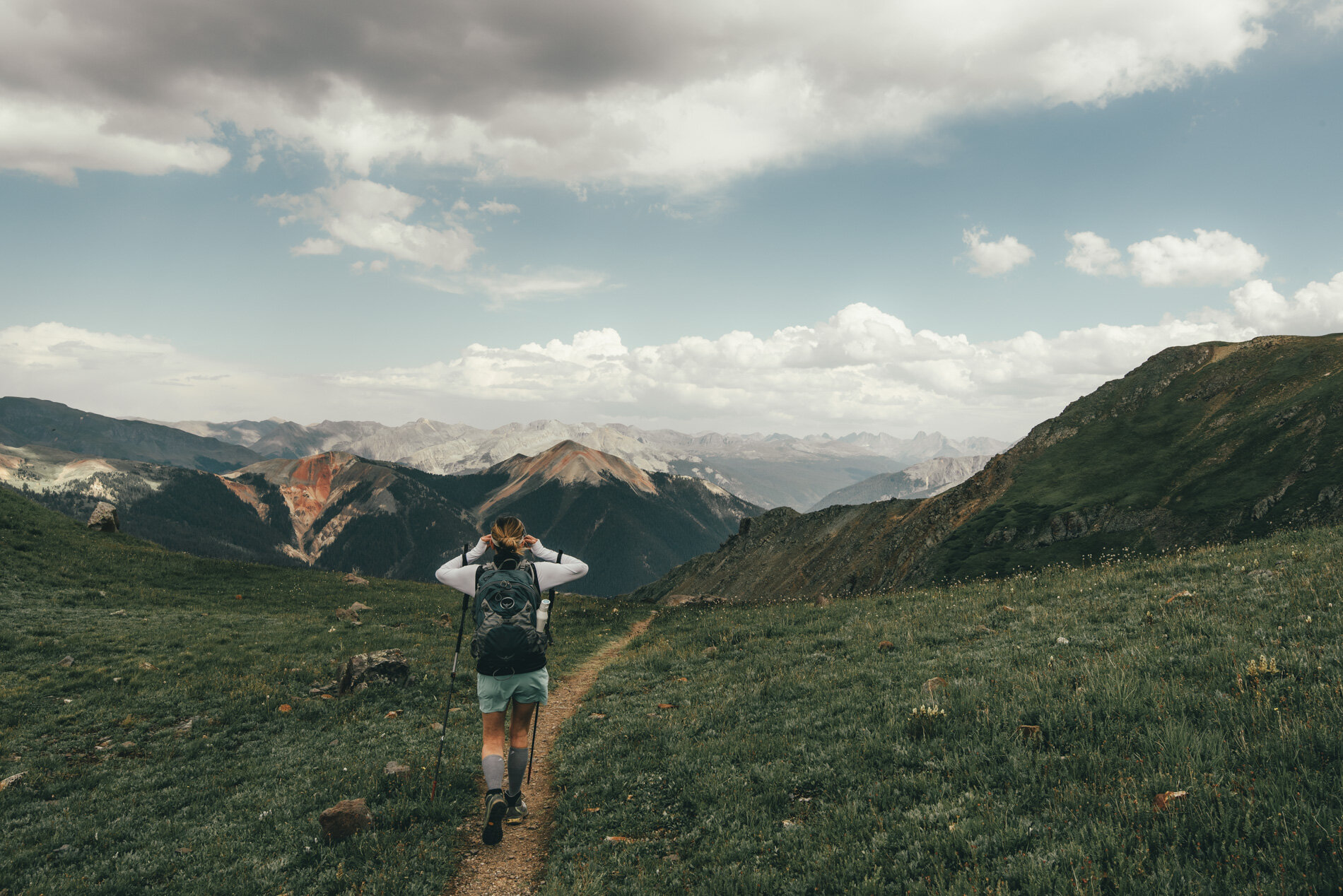
Stick to the Trails
Whether you are adventuring on foot or on wheels, make sure you stick to the trails.
Even though shortcuts can be tempting, please don’t take them. A few extra strides on the path will protect plants and the homes of the true locals.
Melting snow and rain leave trails and vegetation more open to damage. Be sure to stick to trails and walk in the middle of the trail — even if it's wet, muddy, slushy or icy — to avoid erosion and damage to trailside plants.
Make sure to wear sturdy footwear — like insulated, waterproof hiking boots — so you can always stick to the trail, particularly in spring and early summer when trails are more likely to be wet and muddy from melting snow.
With tons trails and campsites, there’s no need to venture beyond. By sticking to these areas and camping at least 200 feet from lakes, rivers and streams, you’re helping natural areas stay natural.
-

Leave it as you Find it
When you are exploring Ouray, please refrain from taking nature from its home. That includes not picking the wildflowers. Instead, take lots and lots of pictures!
Leave plants, rocks and historical items as you find them so others experience the joy of discovery.
Any of our more than 2,000 different species of wildflowers will live forever in a photo. Snap away, but only with a camera.
Colorado is beautiful all on its own. Building structures or campsites on public land isn’t cool. Keep it pristine for everyone to enjoy.
Treat all living things with respect. Carving or hacking plants and trees may kill or disfigure them.
-
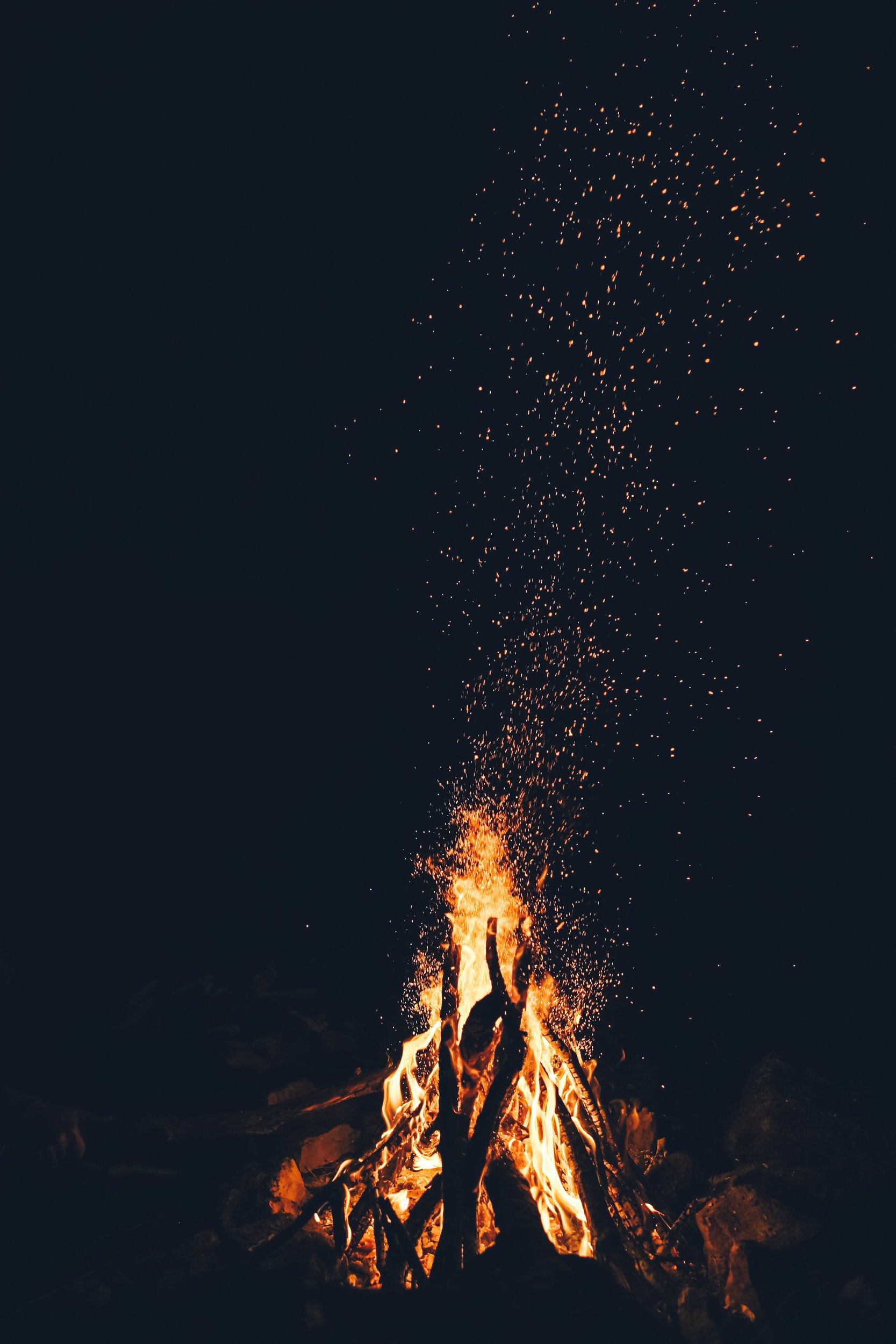
Be Careful with Fire
Ouray sits at 7,792 feet. Being in high terrain we do have low humidity, and dry air. With that combination, it can create dangerous fire conditions.
Keep campfires small and manageable to avoid sparking wildfires.
When putting out a fire, water it until you can handle the embers. Never let a fire burn unattended.
Use care when smoking in Colorado’s dry climate. Always put cigarettes out completely and don’t leave your butts behind.
Always check for local fire restrictions.
Regardless of the season, avoid making fires in areas where there is little or no dead and down wood, where fires may scar the landscape, or in parking lots and at trailheads.
-

SHARE OUR TRAILS & PARKS
Chances are you’re not out in nature to people watch, so try out the lesser-known paths and sites. Make sure you are courteous to all while exploring Ouray. Please see our “Are You Ouray Ready?” section in regards to who has the right-of-way.
Silence your cell phone before stepping into nature and speak softly without using the speaker function.
Be considerate when passing others on the trails and yield to the uphill hiker and biker — they need the momentum.
Listen to nature. Keep your voice and music soft so all can enjoy the peace of Colorado.
Keep noise to a minimum when near others on the trail and let nature’s sounds prevail.
-
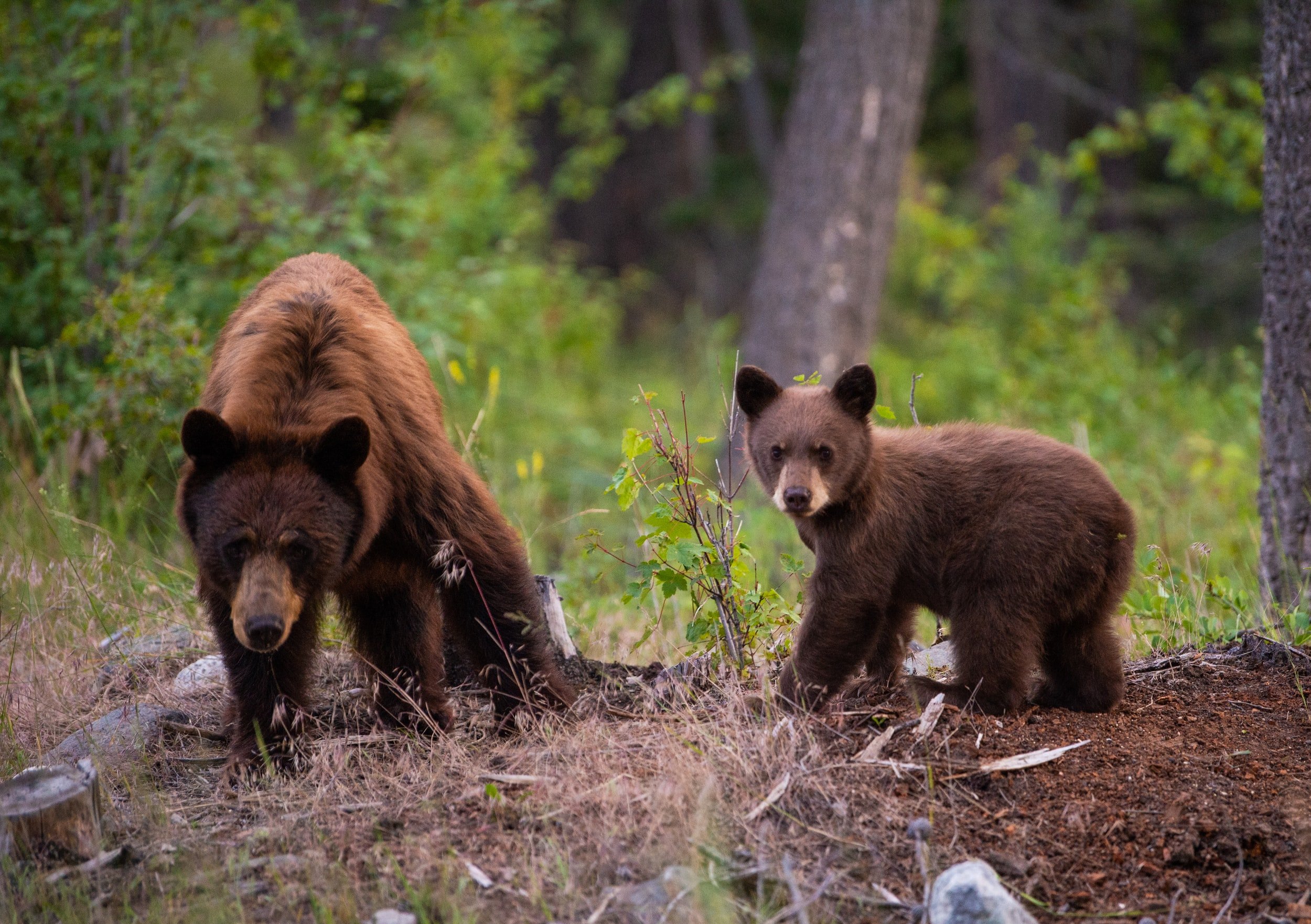
Keep Wildlife Wild
Colorado is home to tens of thousands of furry, scaly and feathered creatures. To keep them — and you — safe, don’t approach them.
Do not feed wildlife no matter how hungry you think they might look.
Keep your furry buddies leashed when enjoying dog-friendly trails, and pack out their waste. All the way to a trashcan.
All wildlife, from squirrels to moose, have to work a lot harder to survive in winter. Observe all wildlife from a distance, and do not follow or pursue them. Fleeing forces them to burn energy they need to survive the colder months.
Spring can be a particularly sensitive time for wildlife since many species are nesting, having their young or coming out of hibernation. Be sure to travel quietly and give all wildlife extra space during this time.
-

Encountering Wildlife
While it is rare to encounter a black bear or mountain lion along a trail, we do share the alpine environment with them. Never approach, startle, or feed any wild animal, especially a bear or lion with young. If you encounter a bear: stay calm, back away, and speak softly. Step off the trail and allow the bear to leave.
If you encounter a lion: make yourself look larger by raising your arms or opening up your jacket. Never turn your back and run. Pick up small children to keep them from running.
Are you Ouray Ready?
MAKE SURE YOU ARE PREPARED BY HAVING THE FOLLOWING:
Hydration (water, water treatment device)
Food (two-days worth: salty & calorie dense)
Layers of insulation (jacket, gloves, hat)
Sun protection (sunglasses, sunscreen, hat)
Light (flashlight, headlamp)
Camera & cell phone
Navigation device (map, GPS, compass)
Fire (lighter, waterproof matches, fire starter)
First aid kit (first aid supplies, knife, duct tape, pepper spray)
Emergency shelter (reflective blanket, tarp, tent)
Walking/trekking poles
Hike with at least one partner
It is always a wise choice to check on trail conditions before heading out into the high country.
Please allow yourself to become acclimated to the elevation before taking strenuous trips. Jogging or walking at lower elevations prior to coming to Ouray, or just starting out here, with the Perimeter Trail, will help significantly.
Give yourself and your travel group peace of mind by purchasing a Search & Rescue Card. For only $3.00 a year or $12.00 for five years, you are covered by the Colorado Outdoor Recreation Search and Rescue Fund (COSAR). This fund reimburses counties for large costs associated with backcountry rescues such as helicopter air lifts. These cards are available at Ouray Mountain Sports.
The Ouray Way
TRAIL ETIQUETTE
Ouray trails are as varied as they are vast. They often lead to the tops of peaks, where an entire panorama of mountains sits at your feet, but remember to always be prepared by bringing along adequate supplies and letting others know where you are going and when you expect to return. Below are some trail etiquette rules and a checklist of what to take on your journey into the high country.
Vehicles yield to mountain bikers, mountain bikers yield to hikers and horses; all users yield to horses
Vehicles, riders and hikers traveling downhill yield to those traveling uphill
Pack it in, pack it out
Don't pick wildflowers or disturb historic sites
Honor posted signs and do not trespass
Check daily conditions
Do not disturb wildlife
Stay on trails to avoid erosion
Avoid hiking or riding in muddy conditions
Trail users should travel single file
If you use earphones, keep the volume low to hear potential threats or other travelers along the trail
Make sure children know what to do if separated (hug a tree & stay put)
Pick up after your dog and obey leash laws
Call 911 in case of emergency (Ouray Mountain Rescue, under the direction of the Ouray County Sheriff's Office, is always on call for assistance.)
Remember to protect these trails: “Take only pictures, and leave only footprints."
Best Practices
Plan ahead and prepare
Choose the right trip | Pick a destination that is appropriate for your group and by allowing yourself plenty of time to travel and camp.
Educate yourself | Know the regulations and special concerns for any area you visit.
Plan for your group | Always inquire about group size limitations in advance.
Schedule your trip to avoid crowds & vulnerable environmental conditions | Explore lesser known places or trails to enjoy a less crowded experience.
Use proper gear | Prepare for extreme weather, hazards and emergencies. Ouray experiences afternoon thunderstorms in the summer, so be prepared.
Plan your meals | Having enough food is essential, but too much is a mistake. Plan in advanced so you don’t have leftovers. Use reusable utensils and containers.
Develop your skills & knowledge | Having prior knowledge of factors such as the local ecology, common hazards and your personal abilities will enable you to have fun on your trip while staying safe and protecting the land.
Take responsibility | Minimize risk by planning a trip that matches your skills and expectations. Be prepared to rescue yourself from tough situations.
Dispose of waste properly
Pack it in, pack it out | This includes camp materials, trash, food, drinks, etc.
Human waste | Pre-plan your bathroom use. The four objectives of proper human waste are:
Avoid polluting water sources
Eliminate contact with insects and animals
Maximize decomposition
Minimize the chances of social impacts
Improper disposal can lead to water pollution, the spread of illnesses, and unpleasant experiences for those who follow.
*Get a wag bag for human waste
Locate facilities/ outhouses
Carry waste out
Cat holes | Dig 6-8 inches into the soil at least 200 feet from water, camp, trails, and drainages.
Urine | Urinate well away from camps and other high use areas where urine is likely to be concentrated and can stagnate. Animals with salt-deficient diets such as mountain goats and mule deer sometimes defoliate plants to consume the salt in urine, so urinate on rocks or bare dirt rather than on the vegetation.
Dishes | Collect water in a clean pot or expanding jug and take it to a wash site 200 feet from any water sources. It allows the soil to act as a filter for your waste water.
Bathing | Always 200 feet away from any water source. Rinse any sunscreen, soap, body oils, insect repellent prior to swimming.
Dispose of Game Entrails | Remains of fish and wild game should be left well away from trails, water sources, and campsites. It may be appropriate to bury, burn, or pack out to the viscera with the garbage particularly in areas where bears are found.
Travel & Camping
Recognize durable surfaces | Durable surfaces are surfaces that are minimally affected by camping and hiking. They include rock outcrops, sand, gravel, trails, dry grasses, snow or water. They are places with little or no vegetation.
Use established campsites | Choose a well-established campsite that’s big enough for your group. Good campsites are found, not made.
Breaking camp | Leave your campsite clean and natural looking
Disperse use in pristine areas | Little human traffic, few trails, and no established campsites. Please prevent using these areas to keep if feeling untouched.
Protect water sources | Animals need access to water and may be frightened away if you are camped too close to their usual source. Camping near water can also lead to accidental contamination by wash water, food scraps, and human waste. Please camp 200 feet away from water.
How to stay found
Register at the trailhead or with a ranger
Be a competent navigator. Carry a map and know where you are at all times
Stay with your group
Look over your shoulder and take note of obvious landmarks along your route
Give a friend your itinerary and instructions explaining what to do if you don’t return on schedule. Leave a second copy on the dashboard of your car
Stay put if you do get lost. It’s easier to find a stationary target than one that keeps moving
Leave What you find
Preserve the past | Old trappers’ cabins, rock art, or antique glass is exhilarating, and you may be tempted to take home souvenirs. But, on public land these are protected by the Archaeological Resources Protection Act and the National Historic Preservation Act and should not be disturbed.
It is illegal to excavate, disturb or remove these resources from any public lands.
Native American tribes across the Rocky Mountain Regions, some places and objects found in the wild hold profound sacred meaning in their religious beliefs and ceremonies.
Leave natural features undisturbed | Load your camera, not your pack.
Avoid spreading non-native plants and animals | Invasive species can cause large-scale, irreversible changes to ecosystems by eliminating native species over time. Help prevent by:
Not transporting flowers, weeds, or aquatic plants into wildlands
Empty and clean your packs, tents, boats, fishing equipment and other gear after every trip.
Clean the dirt off your boots, laces, or tire treads
Never discard or release live bait
Make sure packstock and pets are immunized, and their coats are free of seeds, twigs, and harmful pests such as ticks
Minimize Campfire impacts
Use a stove | Visitors should carry a stove, pot, matches and sufficient fuel to cook all meals. Only build fires when the conditions are right.
Build a minimum-impact fire | Consider whether a fire makes good sense at your picnic or campsite
Use an established fire ring or grate
Use a pan fire - Metal oil pans
Use mound fires - Built on pedestals of sand, gravel, or soil with low organic content.
Dry wash or beach fires
Use dead and downed wood | Use sticks from the ground that can be broken by hand
Manage your campfire | Make sure your fire is safe and leaves as little impact as possible
Never leave a fire unattended
Don’t try to burn foil-lined packets, leftover food, or other garbage that would have to be removed later
Burn the wood completely to ash. Stop feeding the fire and give yourself an hour or more to add all the unburned stick ends
Saturate the ash with water. Make sure it’s cool to the touch and remove any trash
Rub ashes down to a fine powder. you can wear gloves to do this or place the ashes in a plastic bag to crush them
Scatter all the ashes widely with a small shovel or pot lid
Restore the appearance of the fire site
Respect the Wildlife
Observe from a distance | Always watch and photograph animals from a safe, non-threatening distance to avoid startling them or forcing them to flee
Leave natural features undisturbed | Load your camera, not your pack.



